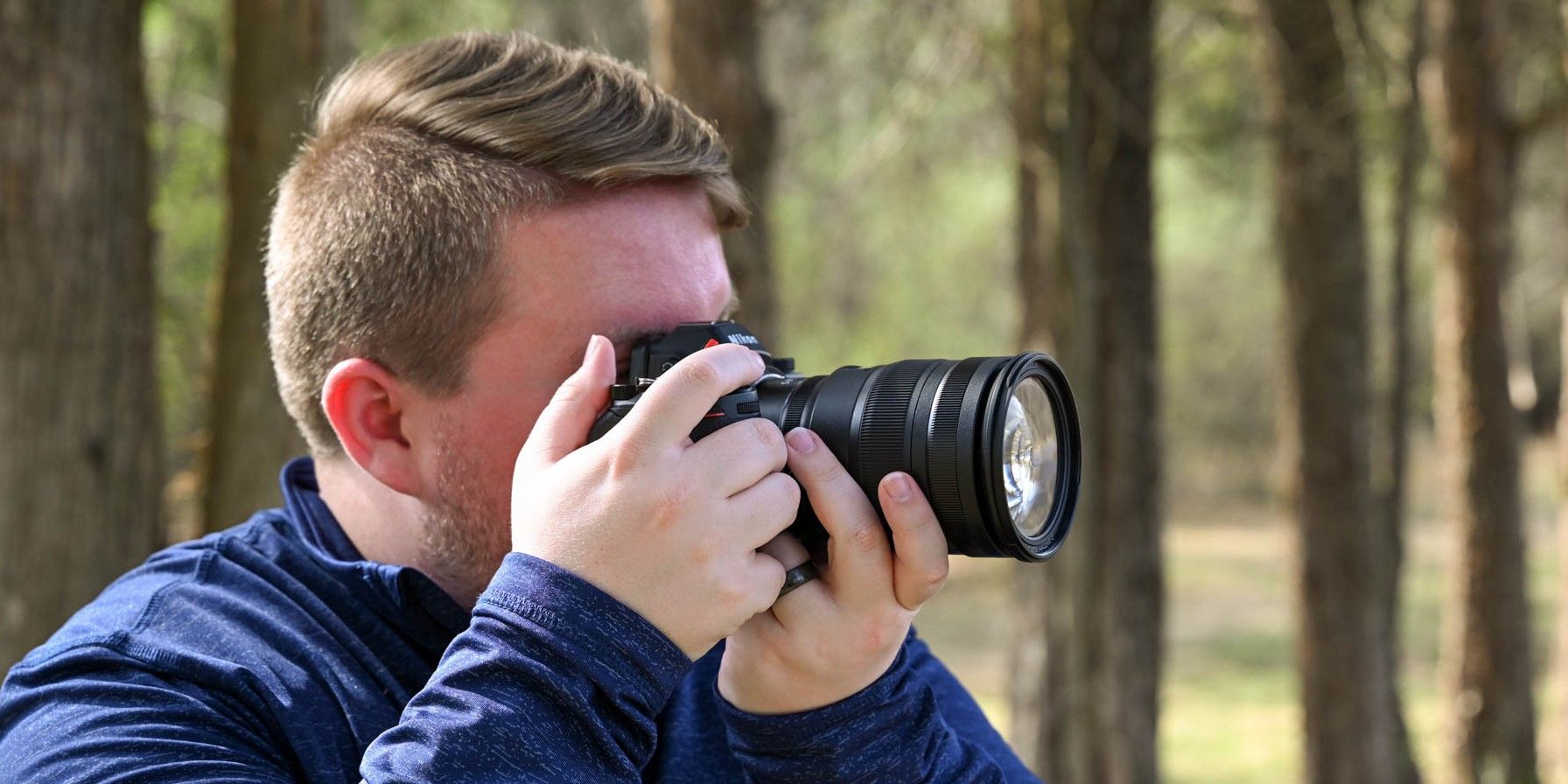
The Best DSLR Cameras of 2024
Mirrorless cameras may have dominated the market in recent years, but nothing beats the old-school ruggedness of a DSLR. With their sturdy builds, arguably better image quality, optical viewfinders, and range of lenses and filters to choose from, DSLRs are still the camera of choice for many.
Best DSLR Camera Overall: Nikon D850
It might be on the pricey side, but the Nikon D850 is the ultimate DSLR for professional and amateur photographers alike. With its 45.7MP resolution and stunning dynamic range, the D850 delivers sharp, vibrant photos without distortion.
With 7fps burst shooting (or 9fps with the optional battery grip), you can freeze split-second moments and rapid sequences with perfect detail and precision. The autofocus is effective and easily keeps up, while subject tracking stays firmly locked on.
Content creators can record crisp, uncropped 4K video in a 16:9 widescreen format. The large full-frame sensor delivers excellent image quality even in challenging light when using higher ISOs. For those epic slo-mo moments, you can shoot Full HD videos at 120FPS.
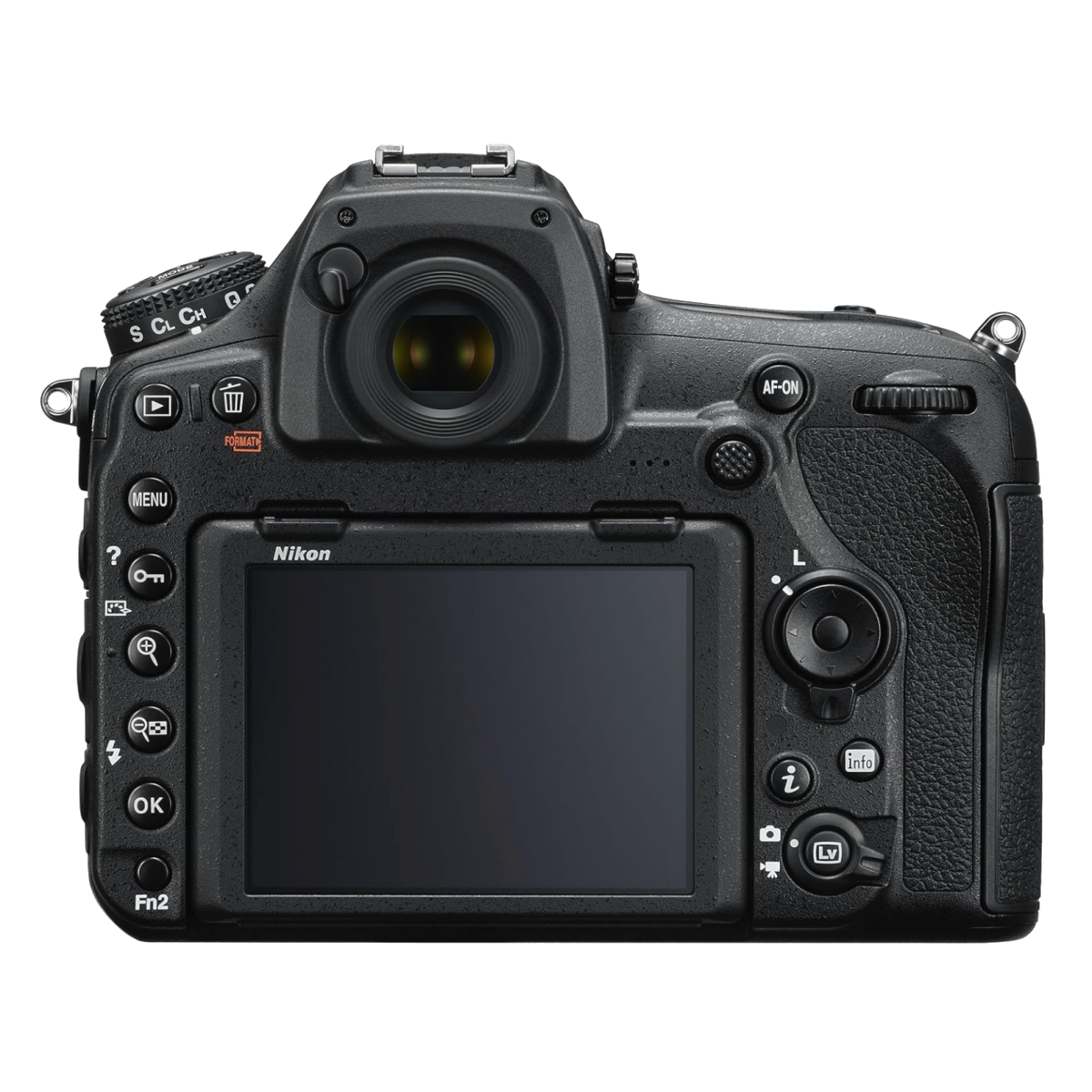
Nikon D850
Best Overall
$2197 $2997 Save $800
The Nikon D850 is widely regarded as one of the overall best DSLR cameras. It offers excellent performance and image quality and stands out as one of the top choices available for professionals and enthusiasts alike, with many claiming it to represent the epitome of DSLR excellence.
- Tilting LCD touchscreen
- Impressive battery life
- Reliable AF and tracking in any light
- Silent shooting in Live View mode
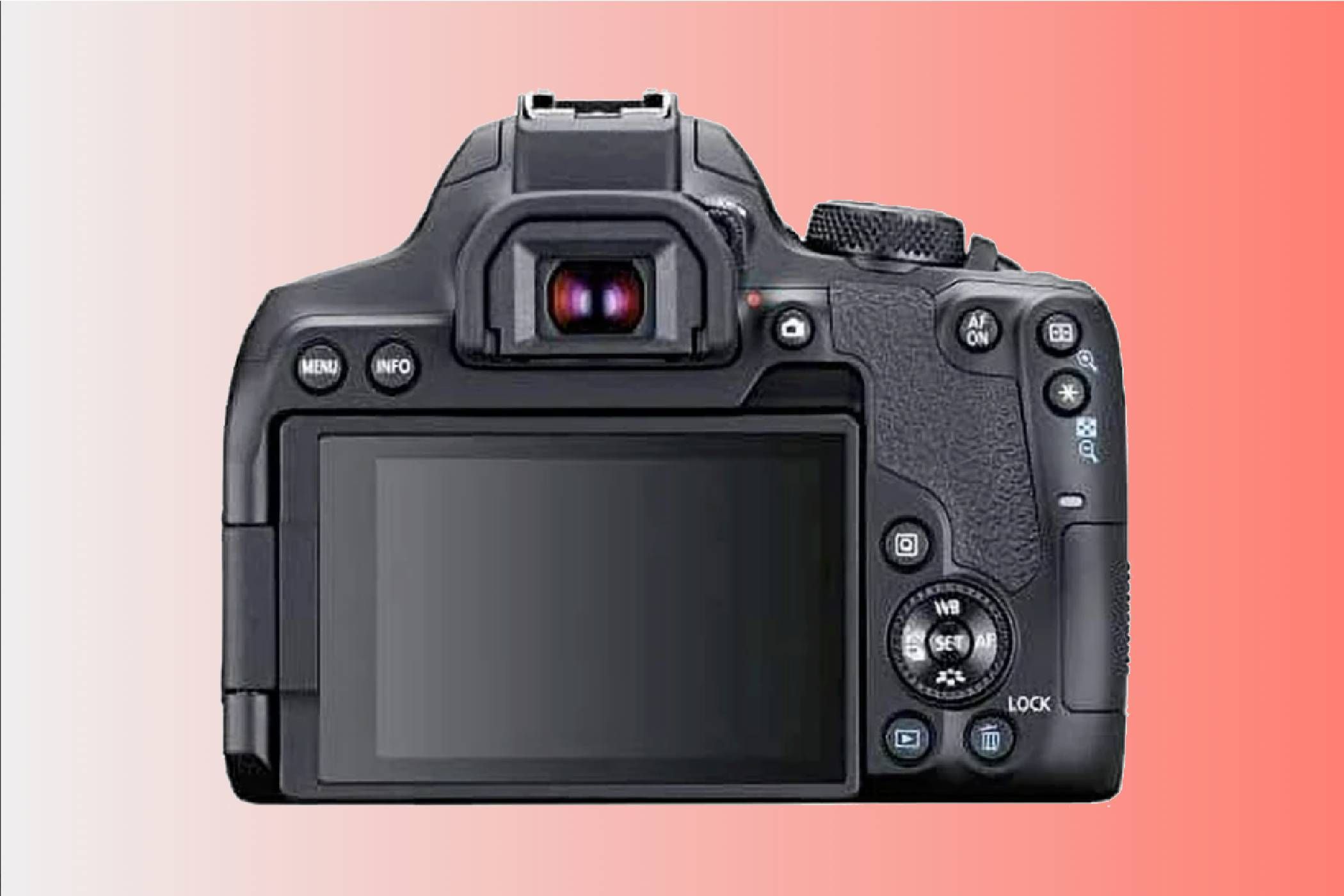
The Canon EOS Rebel T8i (or the Canon EOS 850D if you’re outside North America) is the ideal DSLR for anyone seeking value. It may not be the absolute lowest-price DSLR, but it offers a fine balance between affordability and performance.
If you’re determined to find good quality at the absolute lowest price, the Canon EOS Rebel T7 forgoes some of the features the T8i can boast, but this is fairly reflected in its price.
The T8i is compact, lightweight, and easy to handle. Its 3-inch LCD screen is intuitive, bright, and clear, and you can adjust it to various angles. Along with its 4K video capability and excellent image stabilization, it’s a top choice for novice vloggers and newcomers to the DSLR world.
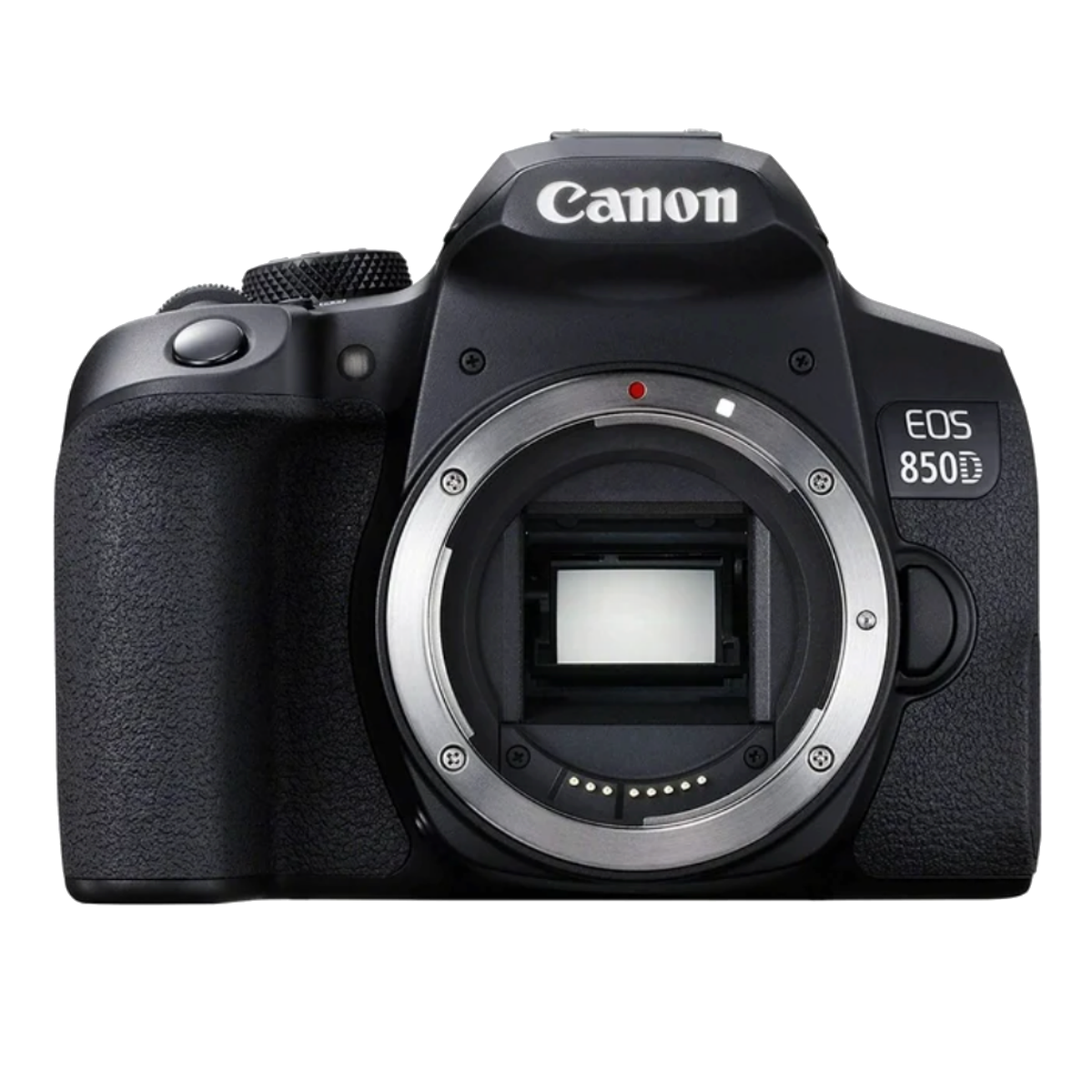
Canon EOS Rebel t8i
Best Budget
$899 $979 Save $80
The Canon EOS Rebel T8i is an excellent choice for anyone seeking good DSLR value. With its compact size, easy handling, and user-friendly features, you can capture vibrant and detailed shots at a pleasing price.
- Good creative filters
- Excellent battery life
- Reliable and quick autofocus
- Integrated easy-to-follow guides
- 24MP photos and 4K video
- No weather sealing
- Kit lens not ideal for low-light conditions
- No USB charging
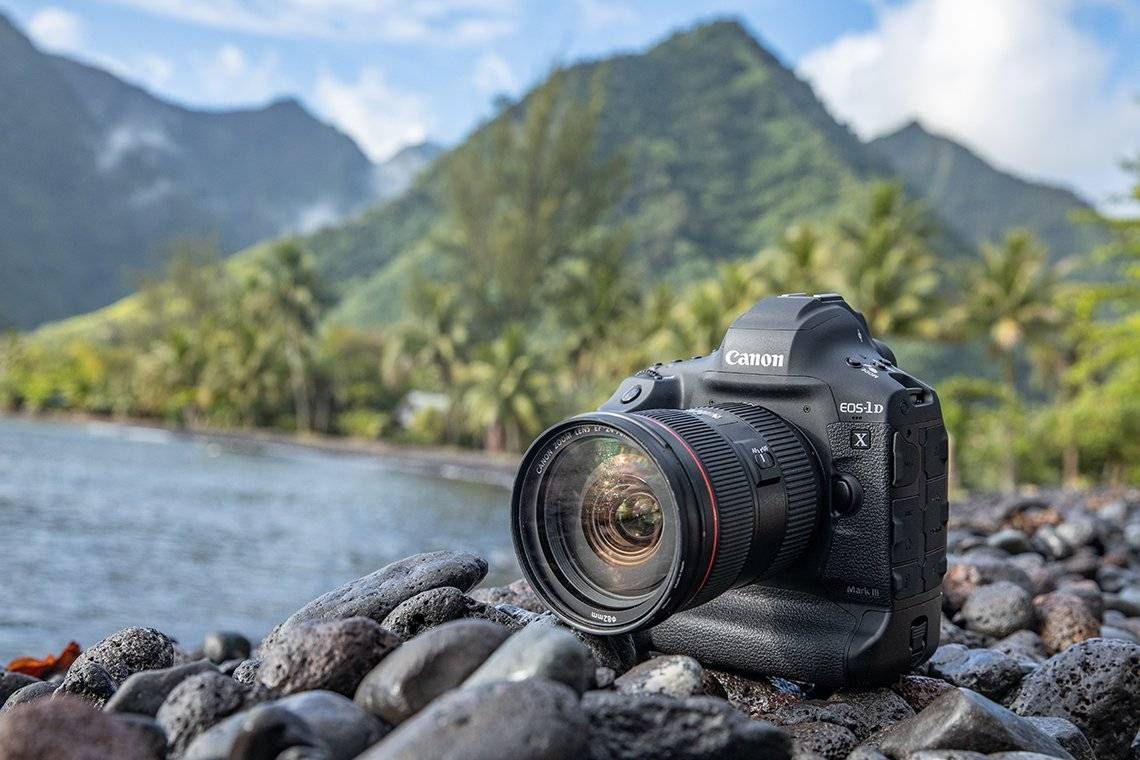
It doesn’t get much more premium than the Canon EOS-1D X Mk III. With a price representative of its quality, it’s little wonder that this DSLR is recognized as one of the best ever made. Sadly, it looks to be Canon’s final flagship, with the Japanese company reportedly focusing on mirrorless models in the future.
This means that the EOS-1D X Mk III is the ultimate in Canon DSLR technology. And, you’ll be getting some serious state-of-the-art engineering, albeit for a serious price. However, it goes without saying that the image quality is incredible, with beautifully crisp pictures and color so natural that there’s rarely any need to adjust it when editing.
It features a best-in-class AF system that efficiently maintains focus and tracks subjects while shooting at 16FPS (or 20FPS in Live View.) Recognition and tracking are unparalleled, thanks to AI-based ‘deep learning’ tech that ensures the autofocus follows subjects accurately, even when conditions are challenging. You even get an innovative Smart Controller for a quicker method of selecting focus points.
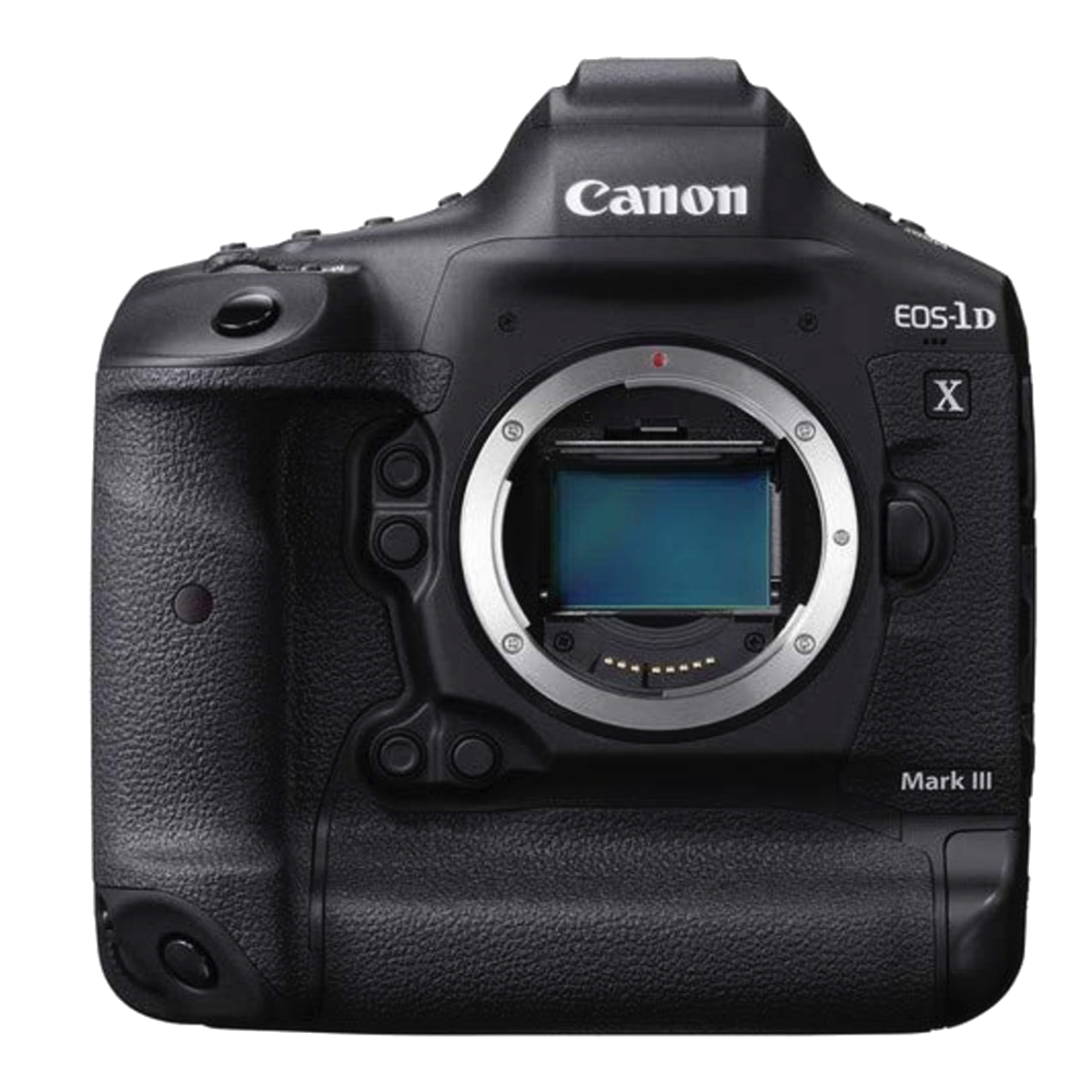
Canon EOS-1D X Mk III
Best Premium
The Canon EOS-1D X Mk III is a high-end DSLR known for its outstanding image quality and advanced autofocus system. It’s likely to be the company’s last flagship, with the big push towards mirrorless tech in full swing. It’s a premium camera with a premium price, but if you’re willing to pay the premium price, it has a premium performance to match.
- Robust, sturdy build
- Deep-learning autofocus
- Ergonomic design
- Lightning-fast Digic X processor
- Almost limitless buffer
- Live View performance matches mirrorless levels
- Digital image stabilization only
- LCD display doesn’t tilt
- Seriously premium price
- Big, bulky, and heavy
Best DSLR Camera for Beginners: Nikon D3500
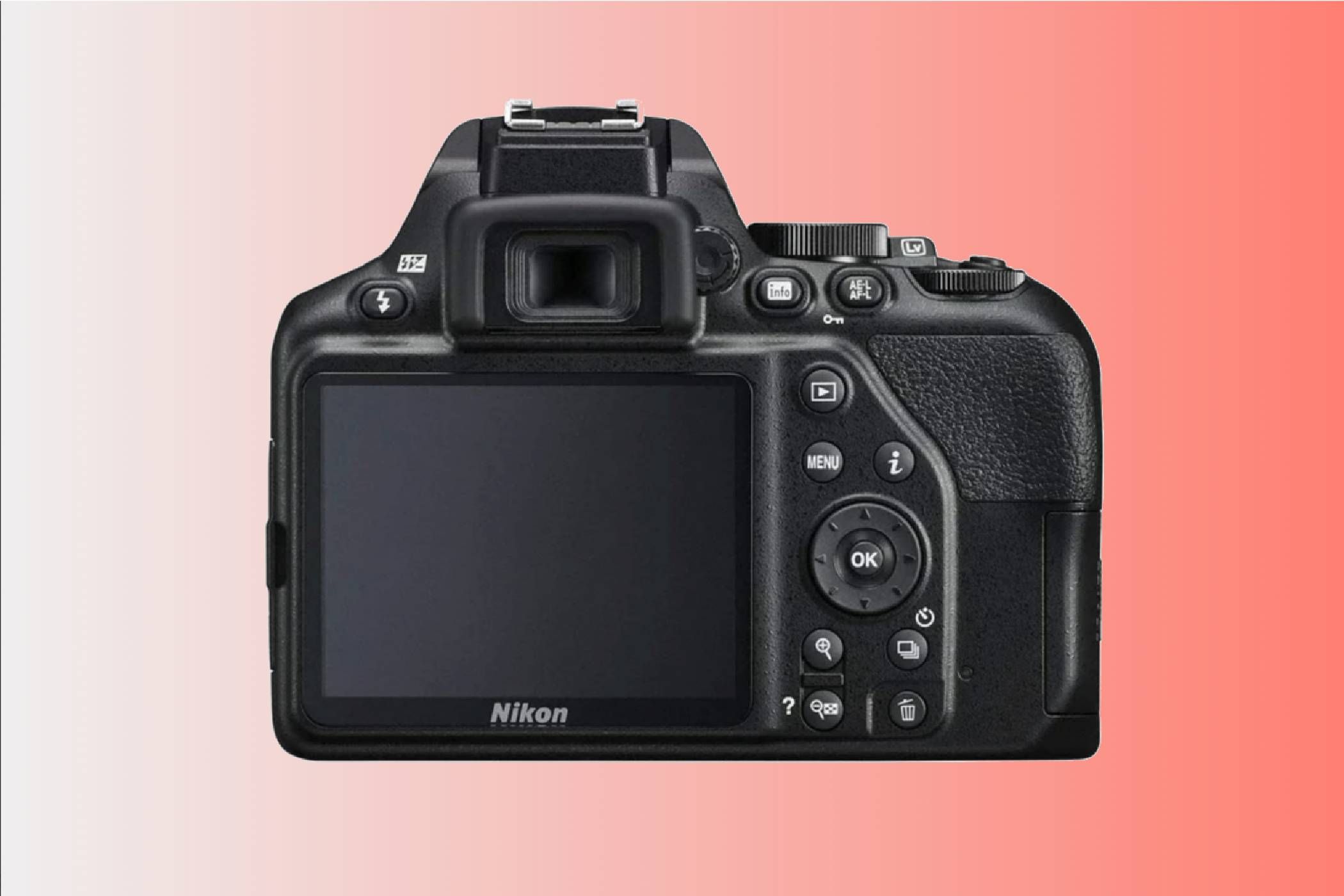
The Nikon D3500 is a straightforward DSLR with user-friendly features. Among these features is a useful Guide Mode to help beginners achieve desired photography techniques. Its simple design also means you don’t need to hand over eyewatering amounts of cash to kickstart your DSLR adventure.
The 18-55mm AF-P kit lens is an excellent start for beginners. Along with the camera’s DX-format 24.2MP CMOS sensor, images are well-textured with rich hues and consistent sharpness across the focal range with an impressive edge-to-edge quality. It easily stands out against other DSLRs in its class.
Image processing is fast, and while the autofocus may not be as quick as more advanced models, it’s still pretty speedy and relatively quiet, and notably exceeds expectations in Live View mode.
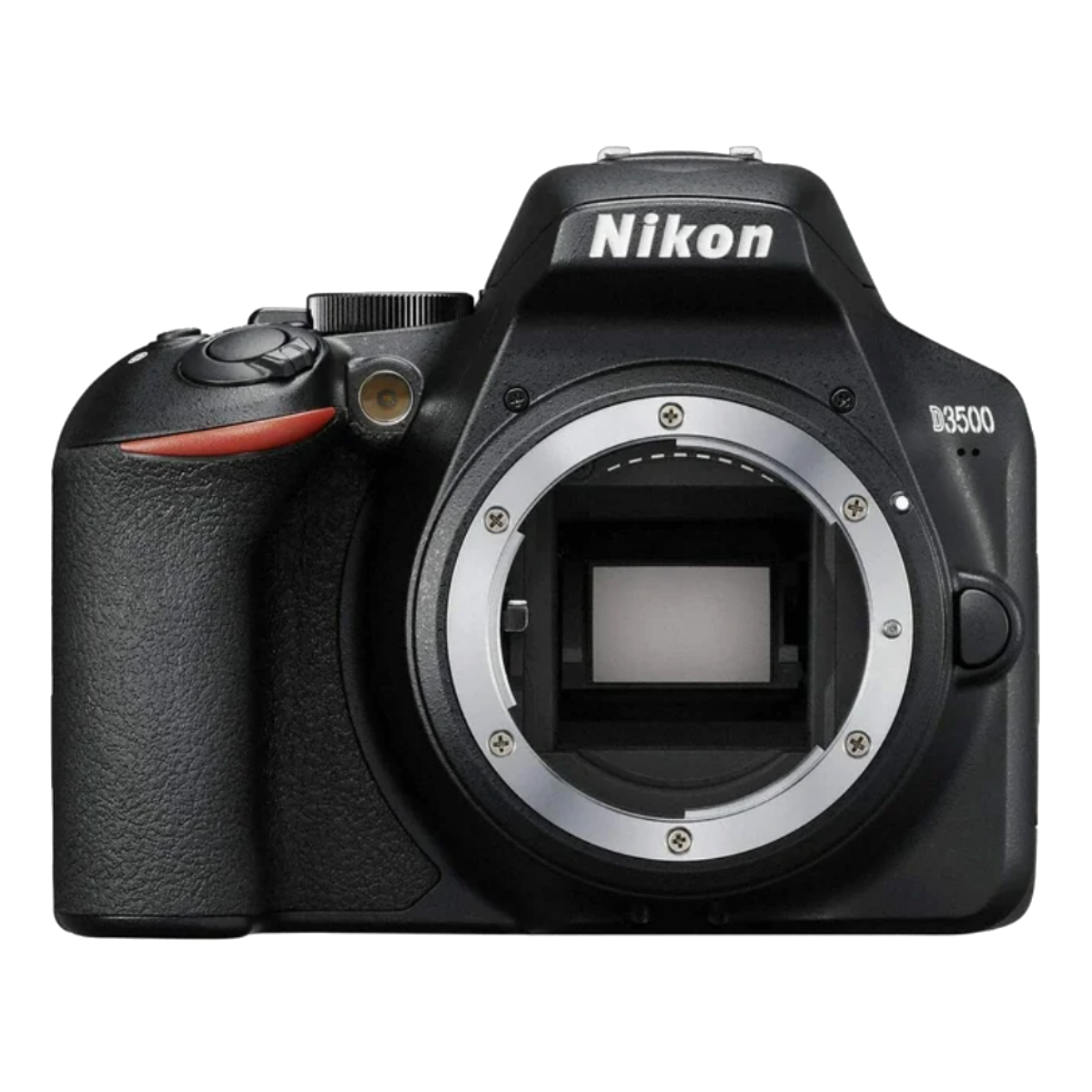
Nikon D3500
Best for Beginners
The Nikon D3500 is an affordable and highly recommended entry-level DSLR, perfect for students and newcomers to photography. With its user-friendly design and impressive image quality, it provides an excellent platform for learning and honing photography skills.
- Compact design
- SnapBridge automatic Bluetooth image transfer
- Guide Mode is helpful for beginners
- Best-in-class battery life
- Excellent image quality
- No 4K video
- No touchscreen
- No mic input
Best DSLR Camera for Video: Nikon D780
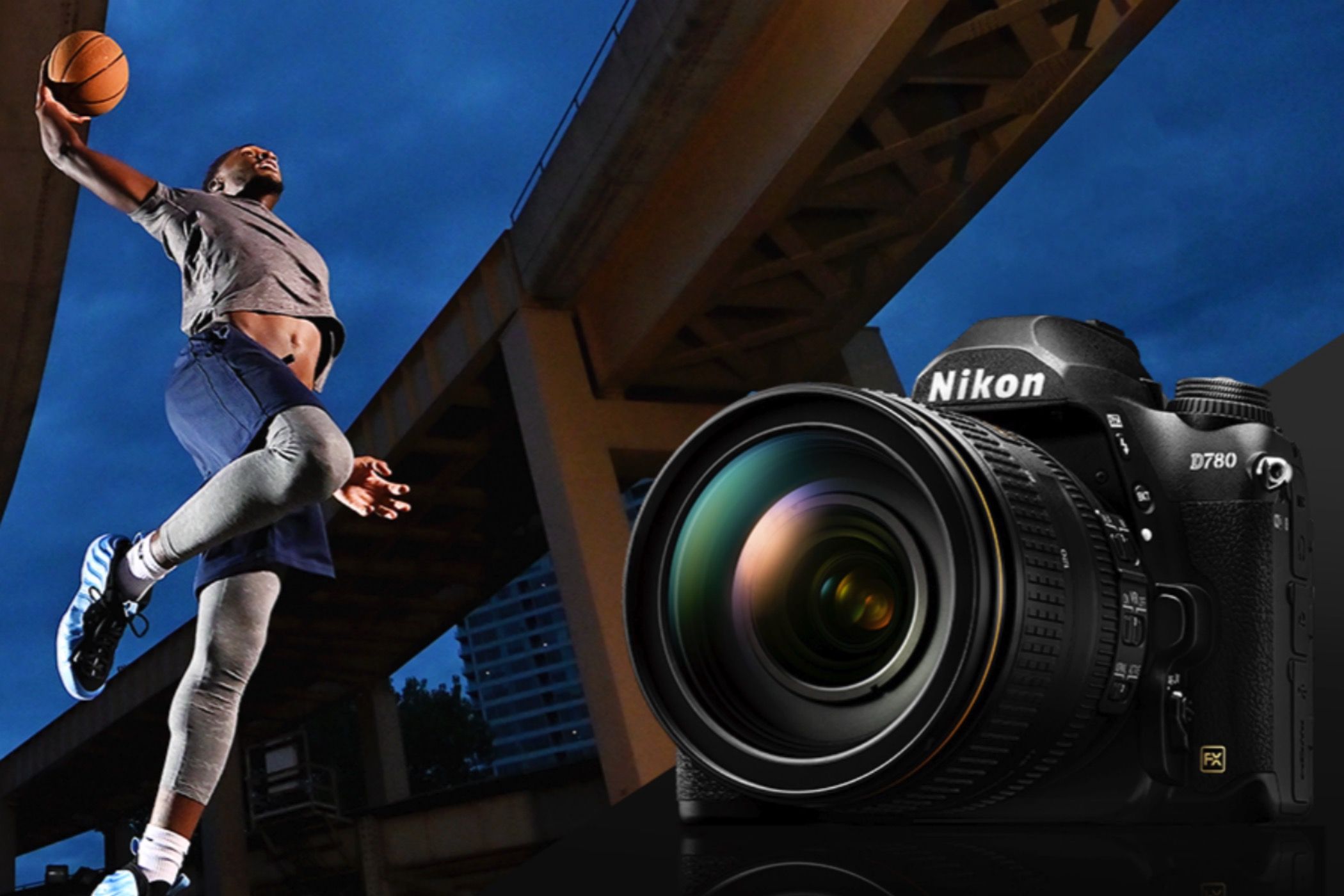
The Nikon D780’s robust, weather-sealed design is a great starting point for videographers. Add the deep, ergonomic grip, and you have a DSLR you can use to shoot video comfortably for extended periods.
However, it’s the quality of the movies that is most important, and the D780 doesn’t disappoint. You can shoot excellent 4K UHD movies at 24/25/30fps or 1080p Full HD at up to 120fps, with the latter delivering some excellent slow-motion effects. The D780’s 10-bit 4K HDMI output and N-Log support offer an extensive dynamic range and color depth, allowing for superior color grading flexibility in post-production.
The autofocus system is highly effective, providing fast and accurate subject tracking and focusing through the optical viewfinder. In Live View mode, the on-sensor phase-detection pixels also enable rapid and precise focusing. Additional features, such as the accurate pinpoint AF mode and reliable low-light focusing, further enhance precision and performance.
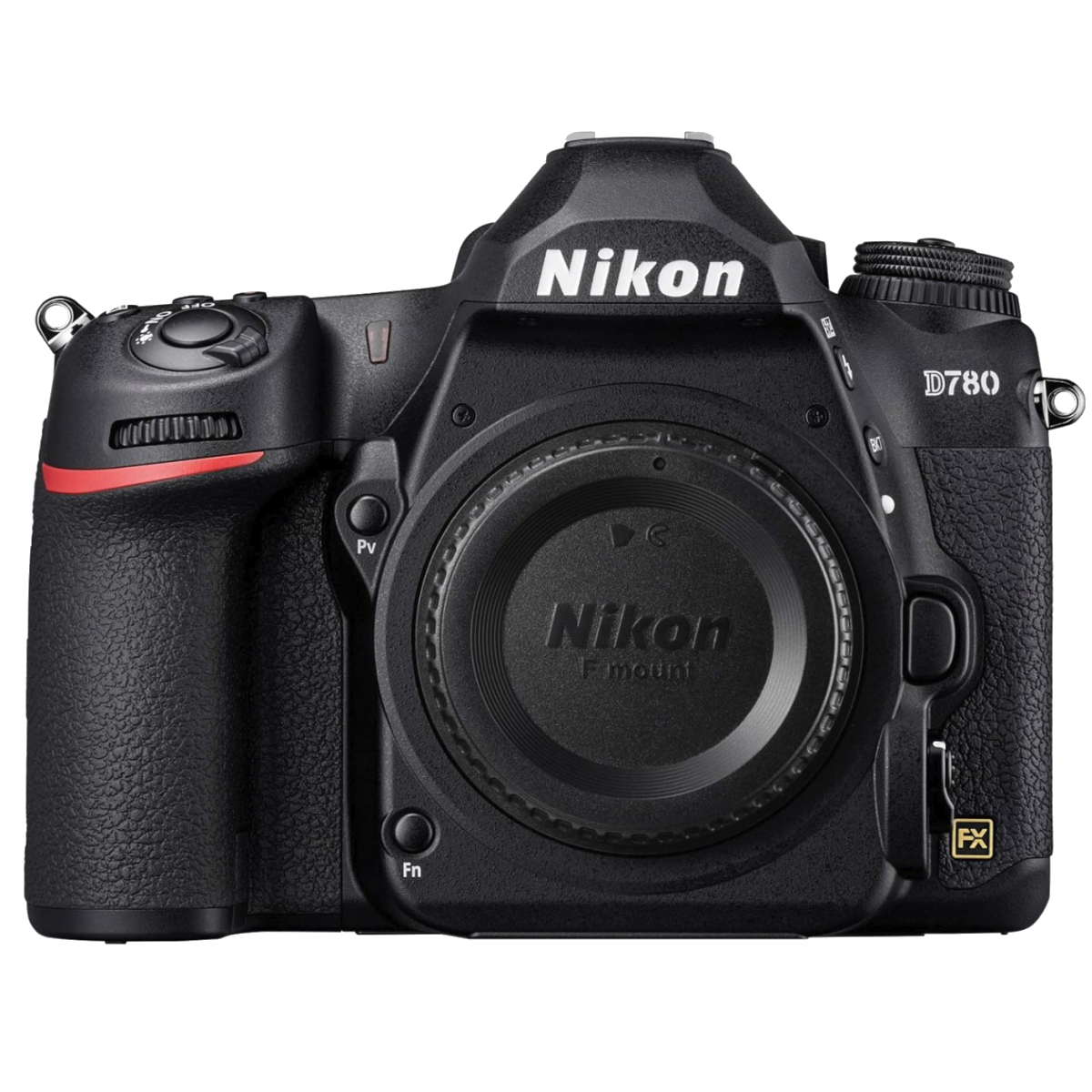
Nikon D780
Best foer Video
$1597 $2000 Save $403
The Nikon D780 is a durable, weather-sealed DSLR that delivers exceptional image quality and reliable performance in challenging lighting conditions. With advanced autofocus capabilities and a range of features for video enthusiasts, it offers photographers and videographers a reliable tool to achieve outstanding results.
- Outstanding battery life
- Built-in microphone and headphone ports
- Reliable Wi-Fi and Bluetooth connectivity
- Tilting touchscreen LCD
- Dual SD card slots
- Quite big and relatively heavy
- No in-body stabilization
- Built-in flash omitted
FAQ
Q: What does DSLR mean?
DSLR is an acronym for “digital single-lens reflex.” It’s a digital version of the SLR camera, but there are other key differences that set the two apart. A DSLR uses a mirror mechanism that reflects light from the lens to the optical viewfinder, allowing photographers to preview their shots.
Once the image is composed, the photographer presses the shutter. This makes the mirror flip up and lets light pass through to the image sensor. The picture is then captured in the digital format of the photographer’s choice.
Q: What is the difference between a DSLR and mirrorless camera?
DSLR cameras no longer dominate the market. Their mirrorless counterparts have blossomed in recent years and there are some excellent models available. It’s essential to consider the differences between the two before you decide which type to purchase.
DSLRs tend to be bulkier and heavier, but many will argue that this makes them more robust and resilient, at least for professional use. They also tend to have longer battery lives, while their extensive history means that there is currently a more comprehensive selection of lenses to choose from. They also use an optical viewfinder as opposed to an electronic viewfinder (EVF), which may appeal more to photographers who prefer a true-to-life view.
However, mirrorless cameras tend to have better video capabilities, while their autofocus systems typically excel when using the camera screen (Live View).
Q: Are DSLR cameras still worth buying?
Yes, DSLR cameras are absolutely worth buying, but it depends on your specific needs. Mirrorless cameras dominate the market, and if you want to keep up with innovative features and more compact designs, then they are the way to go. However, if you prefer a more traditional approach to photography, then a DSLR is still a worthy option.
Furthermore, their long battery lives make them a good option for extended shoots or when recording in areas without easy access to power. Their rugged builds often appeal more to outdoor enthusiasts and action photographers, and their lag-free optical viewfinders are a preference to many.
However, they are slowly being phased out, which means they are also becoming more affordable. That said, if you already have a DSLR and you think switching to a mirrorless will improve your photography, it likely won’t. Instead, you could consider investing in a new lens or lenses, and there are plenty of those available.
Q: What else do I need when I’m first starting out with digital photography?
You’ll need more than just a camera when starting out. There are plenty of crucial accessories ranging from affordable to as much as you want to spend.
Of course, you will need to pick out your lenses, but other essential items include a good tripod. You’ll need one for many photography styles, but you’ll especially need one when you’re looking for dramatic long exposures or shooting in challenging light.
You’ll also need to acquire a good SD card (or cards, if you’re going to be shooting lots of high-resolution video.) Protecting your new equipment with a quality camera bag is also vital.
